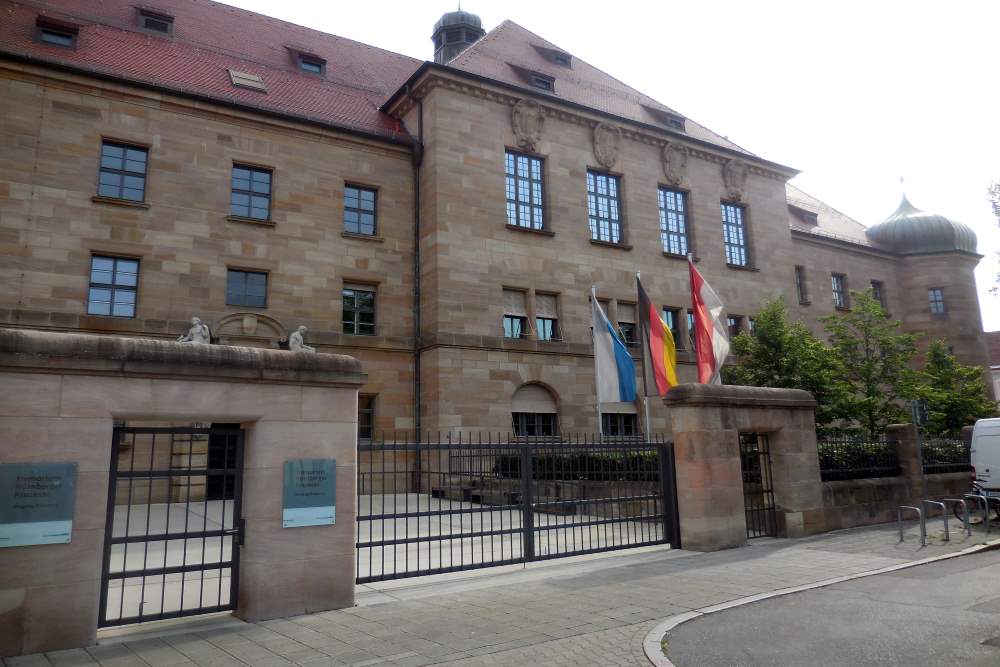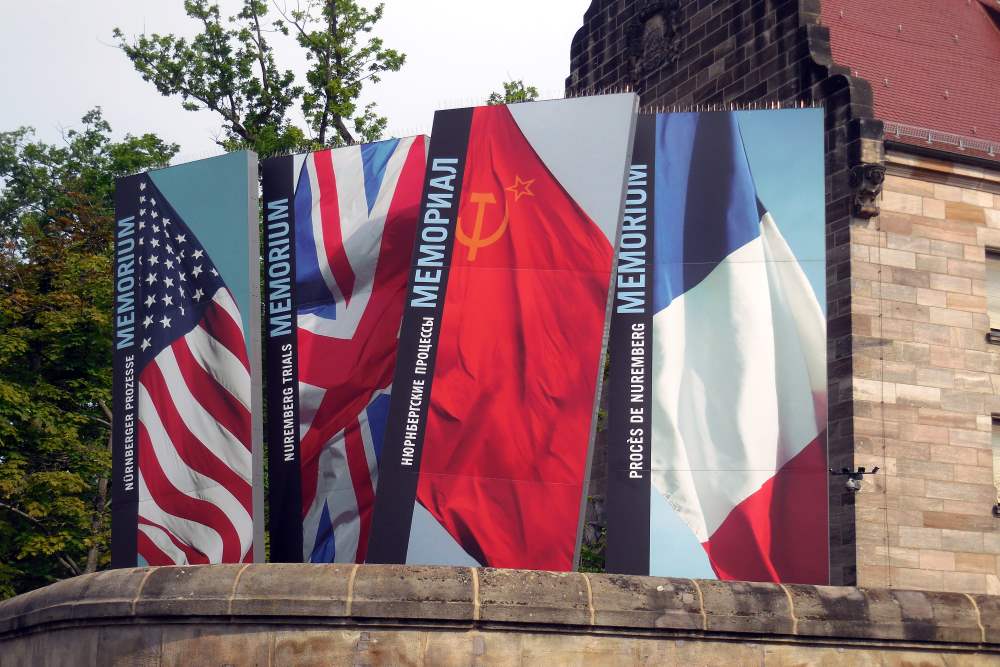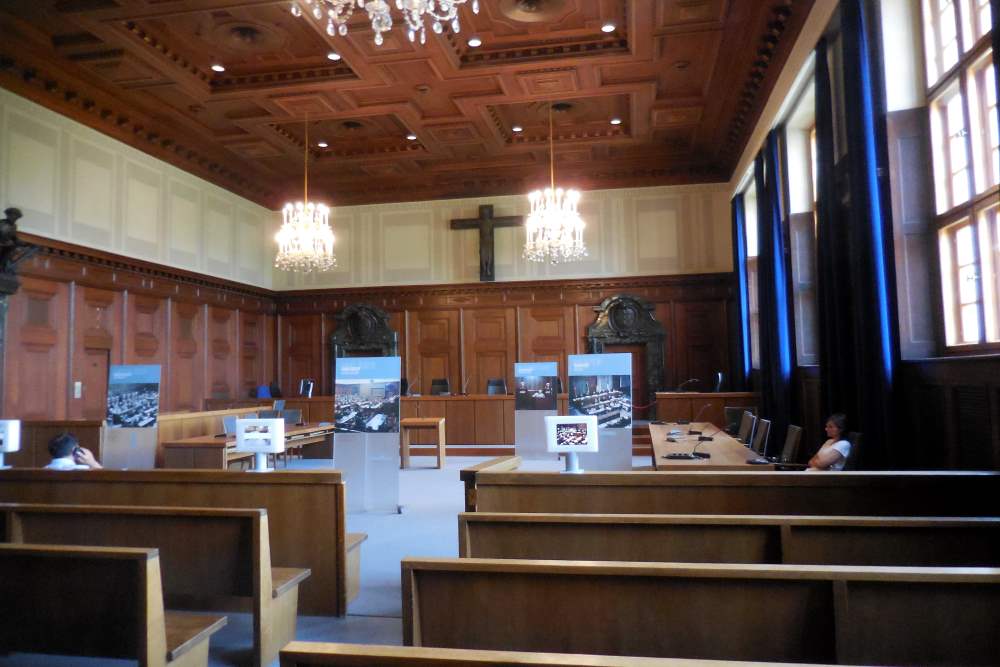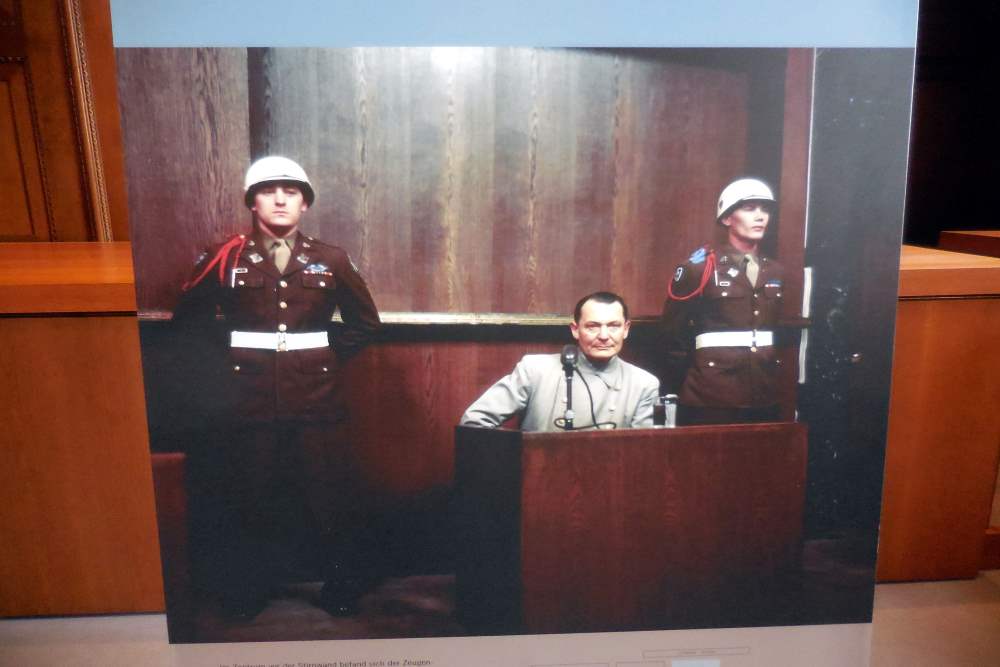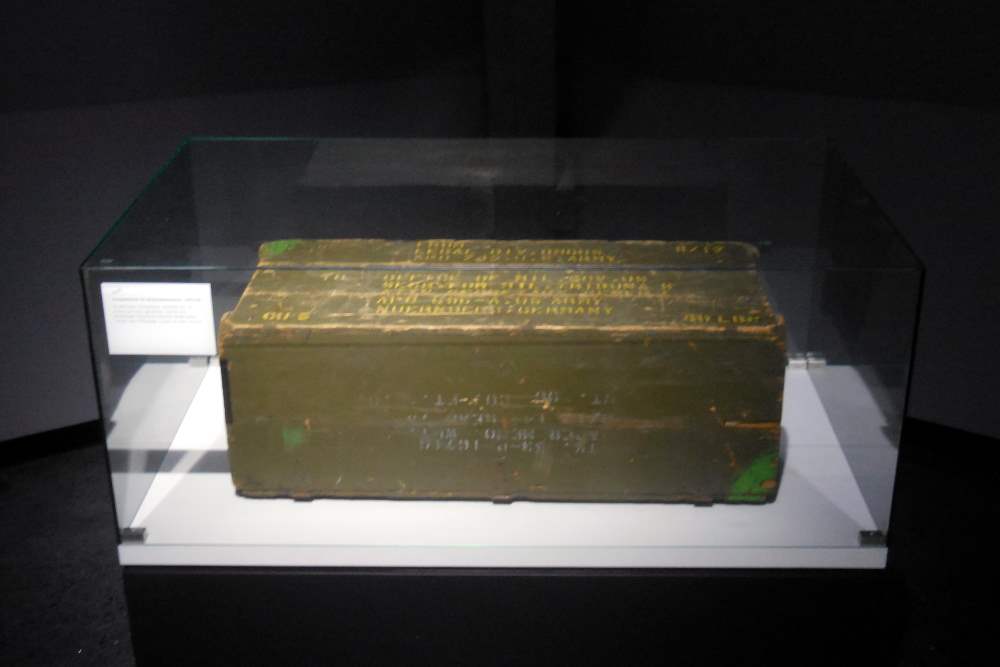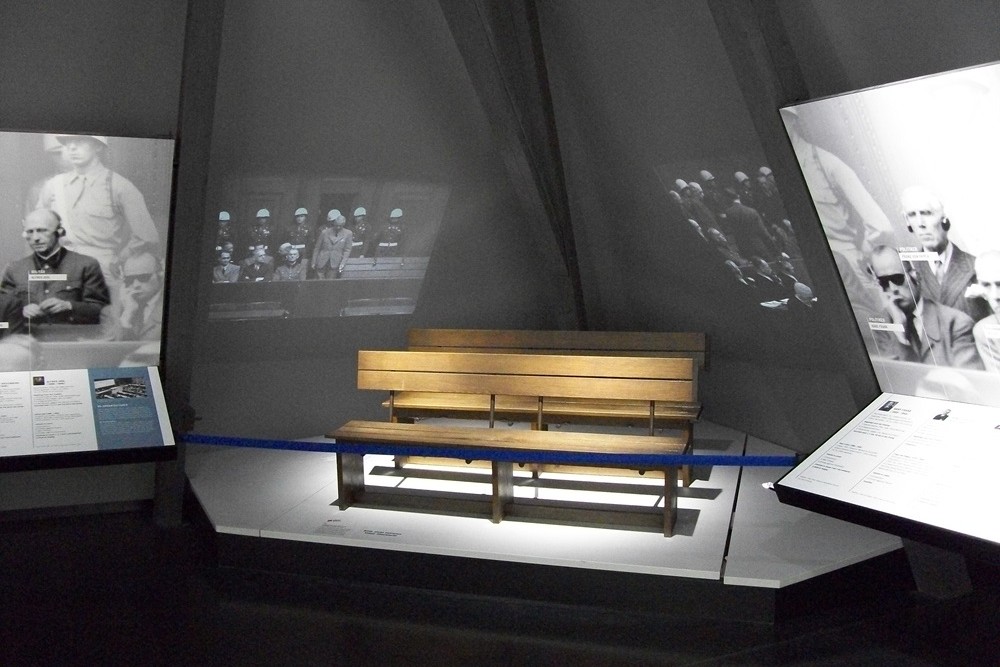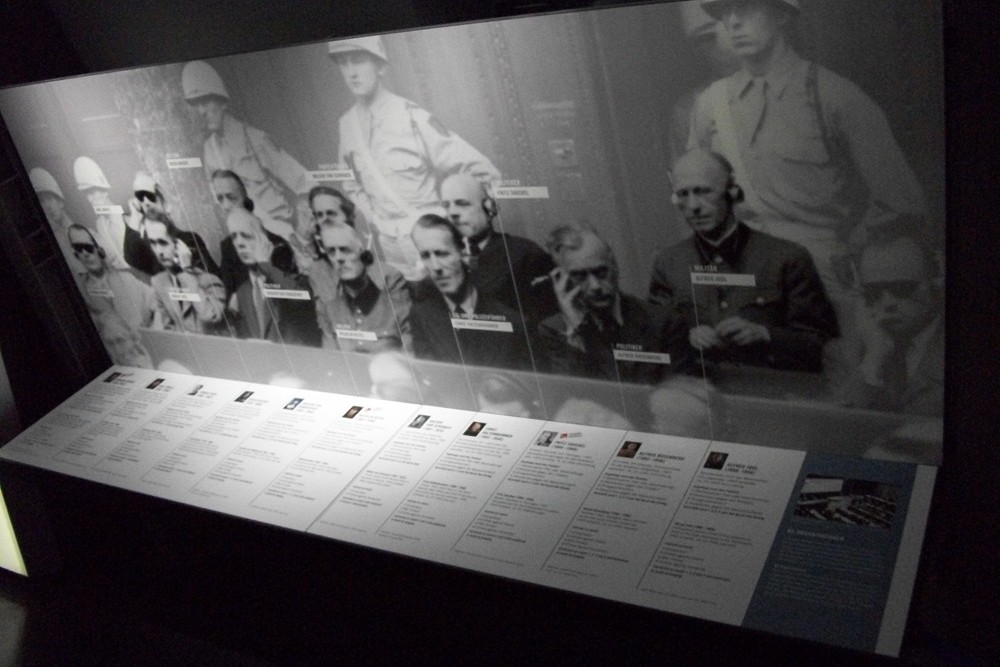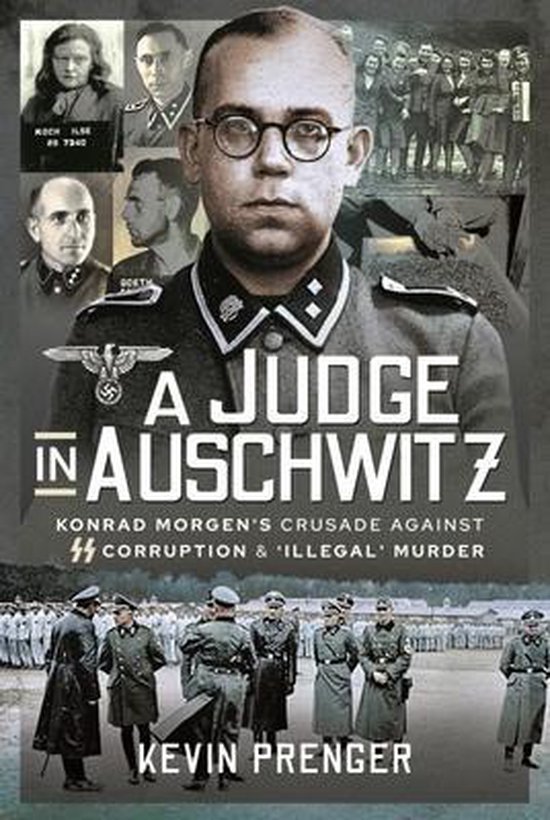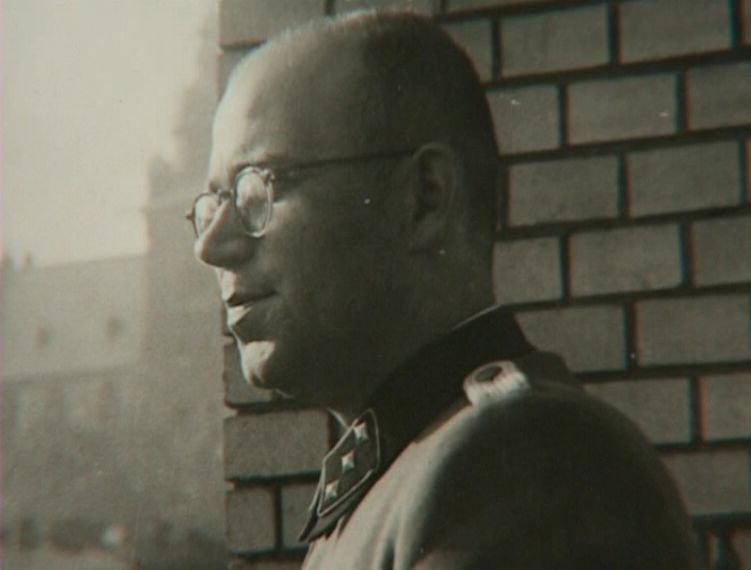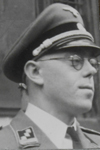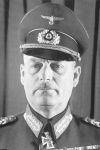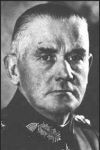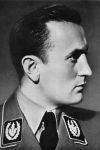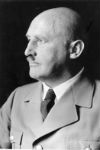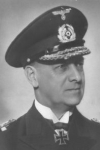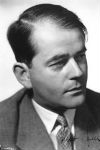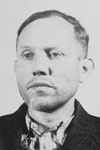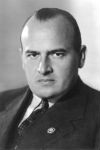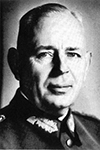Memorial Nuremberg Trials
The processes
The idea that the war criminals of World War II should be dealt with during the war emerged. The 24 living top Nazis will be tried for their war crimes in what will become known as the trial of the century. In addition to Göring and Hess, generals such as Wilhelm Keitel and Reich Commissioner of the Netherlands Arthur Seyss-Inquart were also tried. Eleven Nazi leaders received the death penalty. The others were given long fens while a small number were acquitted. Courtroom 600 would effectively serve as the setting for what would come to be known as the Nuremberg Trials.
History
The hall, part of the Nuremberg Palace of Justice, was in use long before the WWII trials: in 1925 Adolf Hitler had to testify there in a relatively minor case against the publisher of the Nazi newspaper Der Stürmer, Julius Streicher. Judges from the Nazi regime also administered 'justice' in the audience; at least eighty death sentences were handed down during that time.
[Nuremberg
The Allies chose Nuremberg for a number of reasons. The city was centrally located in the German Empire. The Palace of Justice was one of the few in bombed Germany still standing. In addition, there was a large prison behind the building. It was also the city where the Nazi party held its grand 'party days'. Furthermore, the Nazis announced their infamous racial laws in Nuremberg, so it was symbolically good that the trial of the century was held here.
The Nuremberg Trials are the best known, but not the only, trial that was held in Nuremberg after WWII. Until 2010, the hall was used as a court and was therefore not accessible to tourists.
Documentation center
At the end of 2010, a new information and documentation center, the "Memorial Nuremberg", was built on the top floor of the courthouse. It provides insight into the suspects and their crimes, the so-called Nuremberg Follow-up Trials of 1946-1949 and the impact of the Nuremberg Trials up to the present day.
For current visiting hours, please visit the website of the museum.
Do you have more information about this location? Inform us!
Source
- Text: Cheapskatetravel
- Photos: Henny van Loenen (1, 2, 3, 4, 5), Jan de Jager (6), Koos Winkelman (7, 8)
Related books
Nearby
Museum
- Museum Historical Rock-cut Cellars - Nürnberg
- Museum Art Bunker - Nürnberg
- Museum Deutsche Bahn - Nürnberg
Point of interest
- Palace of Justice Nuremberg & Zellengefaengnis Nuremberg - Nürnberg
- Reichsbahnkantoor Nuremberg - Nürnberg
- Neckermann Nuremberg - Nürnberg
Monument
- War Memorial 'Sons of the city' - Nürnberg
- War Memorial Königlichen Bayrischen Reserve Infanterie Regiment Nr 20 - Nürnberg
- Memorial "1939-1945 People were robbed of their dignity" - Nürnberg
Cemetery
- German War Graves 1693 - 1919 Nuremberg - Nürnberg
- Collective Grave Franco-Prussian War Fürth - Fürth
- German War Graves Städtischen Friedhof Fürth - Fürth
Remembrance Stone
- Stumbling Stones Hochstraße 33 - Nürnberg
- Stumbling Stones Hochstraße 32 - Nürnberg
- Stumbling Stones Rosenaustraße 10 - Nürnberg
